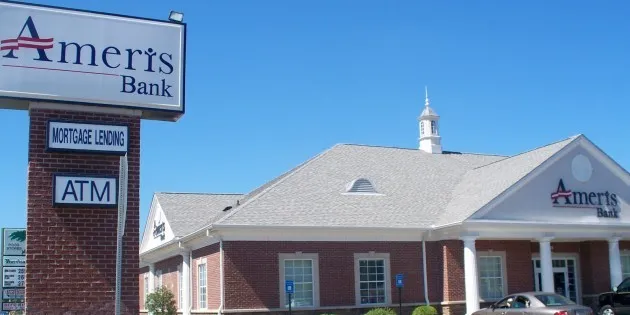Morris Plan Banks were based on a United States historical banking system designed to provide loans to middle-income Americans (or what we today call the “middle class”), and they were loans that many people could not easily get from a traditional bank.
![]()
They were founded by Arthur J. Morris (1881–1973), an attorney from Norfolk, Virginia, who realized how difficult it was for his working clients to access loans. The former began in 1910 in Norfolk, while the one in Atlanta began in 1911.
The designs created customer credit through installment payments. Borrowing was based on the borrower’s sources of credit (the borrower supplied references and proof of income, lending was based on trust and a test of the borrower’s honesty.
The banks provided depositors with interest in order to have the funds needed for the loans. They were eventually organized as a New York-based banking corporation (holding company) and made small loans to moderate-income families in over 100 American cities, via banks.
It was also in 1917 that credit life insurance plans were made available. Morris Banks originated 1,760,000 loans in its first 12 years, all for a total of around $320 million.
The banks also felt the effects of the Great Depression and the transition the banking industry underwent as a result of it.
Origins of the Concept
Morris plan Attorney (1881–1973) Arthur J. Morris opened the Fidelity Savings and Trust Company in Norfolk, Virginia in 1910 that offered small loans to people and established the Morris Plan.
Under such a loan, applicants were required to furnish references from two other parties of the same character and powers of earning, who would be responsible for his credit and agreed to create the money to pay for the face of the loan by purchasing Thrift Certificates on a weekly basis.
Morris Plan Banks spread to over 100 locations in the United States. When the Morris Plan banks were introduced in 1910, there were few organizations that offered consumer credit for those less well-off.
History of Morris Bank
Morris Plan banks grew under state charters just as did the embryonic credit union movement. Here is what we have in the way of Rafferty’s: INTRODUCTION BY CHARLES GOSS: Morris Plan banks 1931 figures, U. S. A. - 109 banks operating in more than 100 cities, with a total of $220,000,000 annual loan volume.
The Morris Plan Corporation has large stock interests in every one of the Morris Plan banks, the largest industrial banking system in the U. S. In the past 21 years these banks have loaned $1,750,000,000 to 7,000,000 persons, and now do about $200,000,000 yearly business with 800,000 customers.”
The issuance of automobile loans by the banks of the Morris Plan throUgh the Morris Plan Company of America (holding company for the Morris Plan banks) is a new departure in banking and was first started through an arrangement with the Studebaker Corporation.
In 1917, through it’s subsidiary the Morris Plan Insurance Society, the credit life insurance was made available, should the borrower die before the loan was paid in full, any remaining loan balance would be paid. Any insurance not utilized would be paid to the borrower’s estate.
Officials of Morris Bank
H. Ross Ake served as secretary-treasurer and manager of the Morris Plan Bank of Canton, Ohio from its organization in 1916. He was also a member of the Board of Governors of the National Association of Morris Plan Bankers.
State Bank of Chicago was led in 1929 by Walter W. Head, who merged it with Foreman National. When Foreman National was sold to First National Bank in 1931, Head left to be president of Morris Plan Corp.
The Morris Plan was then the biggest industrial banking system in the United States, doing $200 million a year in business and serving 800,000 customers.
In conclusion,
Morris Bank is a bank. The Bank receives deposits, lends money and provides other financial services to the public. It operates customers throughout the United States.





